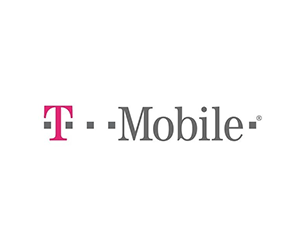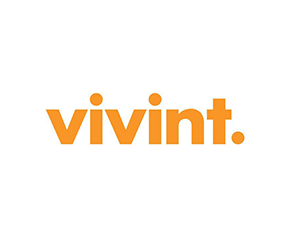What is a Data Visualization Consultant?
A Data Visualization Consultant is a professional who specializes in transforming complex data sets into clear, visually compelling, and easily understandable graphics. These consultants work with organizations to create data visualizations that facilitate data-driven decision-making and communicate insights effectively. They use a variety of tools and techniques to design charts, graphs, dashboards, and interactive visuals that convey information in a way that is accessible to both technical and non-technical stakeholders. Data Visualization Consultants play a critical role in helping businesses derive meaningful insights from their data, making it an essential component of data analytics and business intelligence strategies.
How do you become a Data Visualization Consultant?
- Develop Data Analytics Skills: Acquire a strong foundation in data analytics, including data collection, cleaning, analysis, and interpretation. Understanding the data is essential before visualizing it.
- Master Data Visualization Tools: Gain proficiency in data visualization tools such as Tableau, Power BI, D3.js, or other industry-standard tools. Learn to create a variety of visualizations and dashboards.
- Build a Portfolio: Create a portfolio showcasing your data visualization projects. Include examples that highlight your ability to convey insights, tell a data-driven story, and improve decision-making.
- Stay Updated on Industry Trends: Keep abreast of the latest trends and advancements in data visualization techniques, tools, and design principles. Attend conferences, webinars, and read relevant publications.
- Communication and Consulting Skills: Develop strong communication and consulting skills to understand client needs, present findings, and collaborate effectively with teams across various departments.
Skills needed to be a Data Visualization Consultant:
- Data Analysis: Proficiency in analyzing and interpreting data to identify trends, patterns, and insights that can be effectively communicated through visualizations.
- Visualization Design: Mastery of design principles for creating effective and aesthetically pleasing data visualizations that enhance comprehension.
- Tool Proficiency: Expertise in using data visualization tools such as Tableau, Power BI, or other relevant software to create a wide range of visualizations.
- Storytelling with Data: Ability to tell a compelling story with data, guiding viewers through insights and actionable takeaways using well-crafted narratives.
- Coding Skills (Optional): Optional proficiency in coding languages such as JavaScript for customizing and enhancing visualizations, especially in web-based environments.
- Data Cleaning and Preparation: Skill in cleaning and preparing data for visualization, ensuring accuracy and reliability in the insights presented.
- Interactivity Design: Knowledge of designing interactive dashboards and visualizations that engage users and allow for the exploration of data on multiple levels.
- Statistical Knowledge: Understanding of statistical concepts to accurately interpret data and avoid misrepresentation in visualizations.
- User Experience (UX) Design: Familiarity with UX design principles to create data visualizations that are user-friendly, intuitive, and accessible.
- Time Management: Efficient time management skills to meet project deadlines and deliver high-quality data visualizations within specified timeframes.







